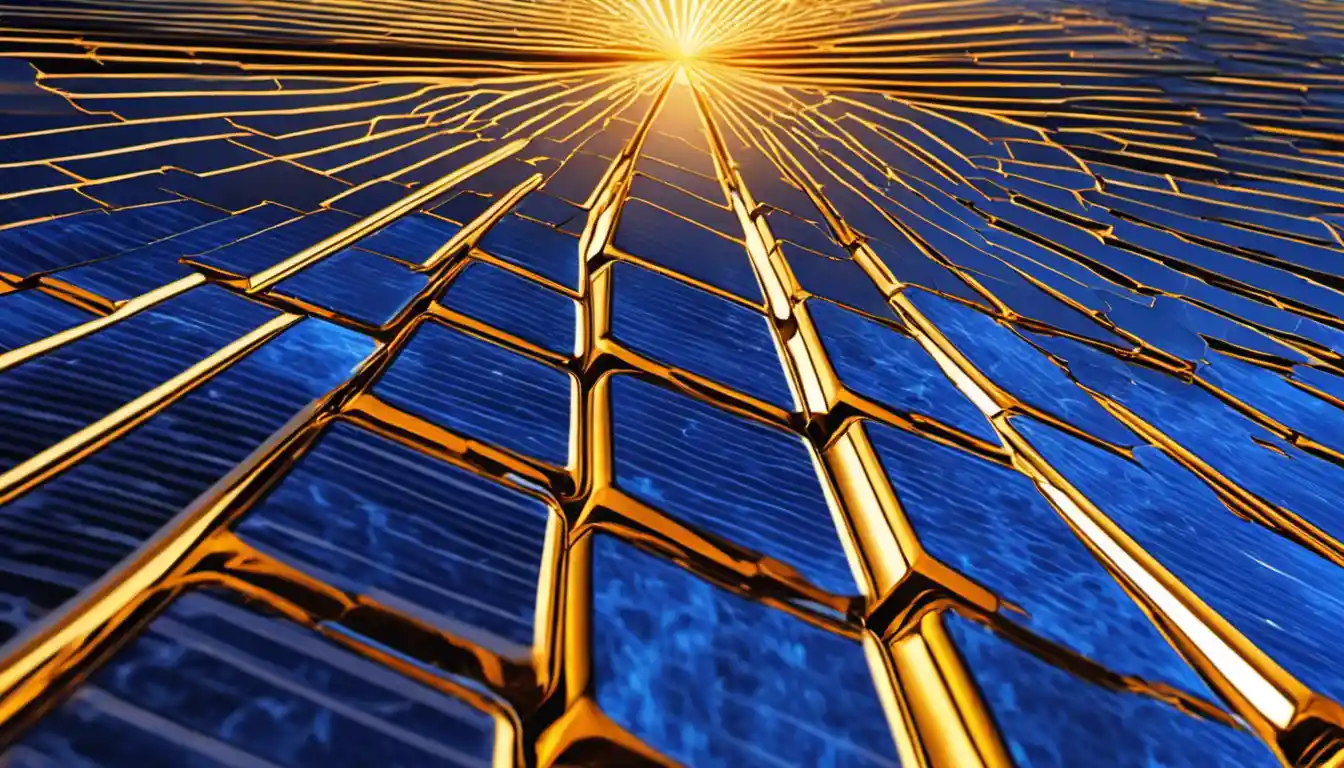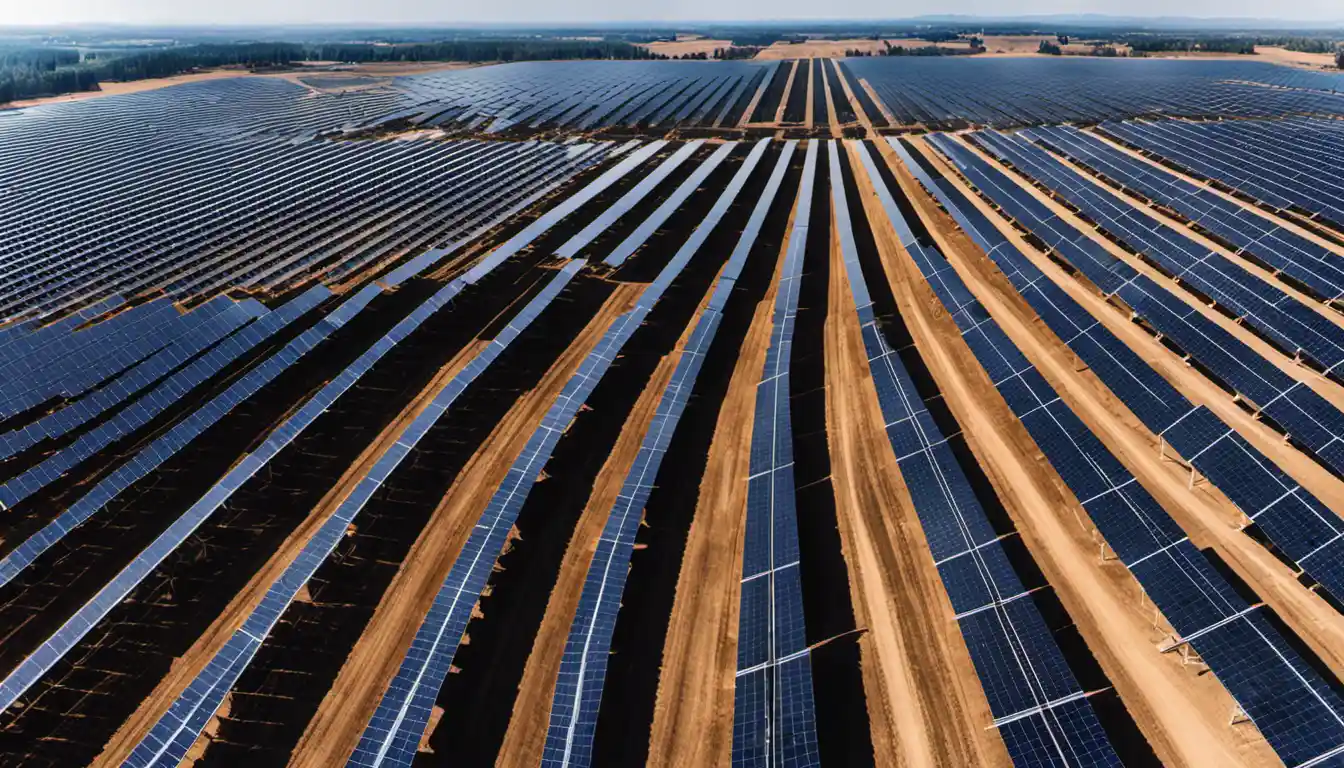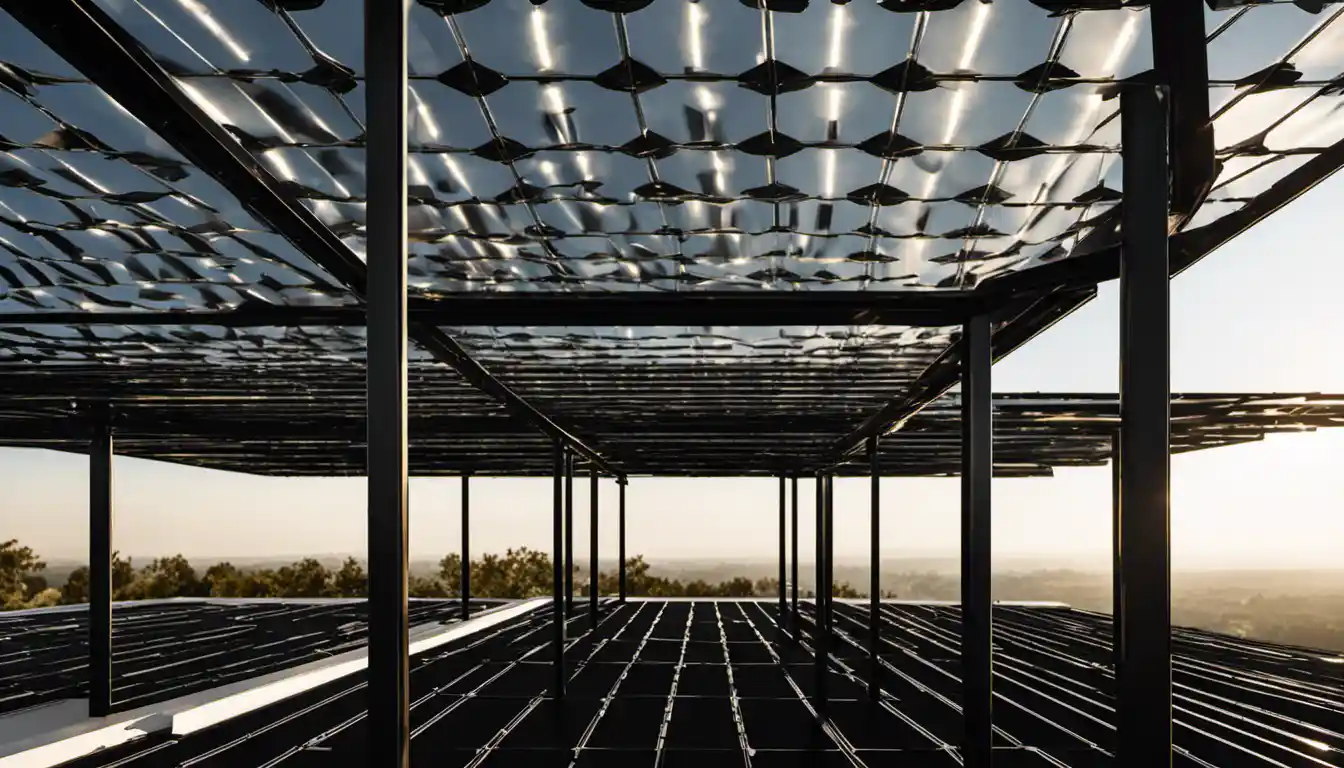Understanding the Concept of PERC Solar Cells
Mono PERC (Passivated Emitter and Rear Cell) solar panels are known for their high efficiency compared to standard solar panels. They can convert more than 20% of sunlight into electricity, which is considered superior in conversion efficiency. Their high efficiency is a result of the PERC technology, which allows more light absorption and reduces energy loss.
What are PERC Solar Cells?
First things first: to understand mono perc solar panel efficiency, we need to grasp what PERC solar cells are. PERC stands for Passivated Emitter and Rear Cell. As the name suggests, these cells have an extra layer at the back — a “passivation layer” that minimizes the electron recombination process, thereby reducing energy loss. The passivation layer also reflects light back into the cell, providing more chances for light to be absorbed and converted into electricity. Within the page what are perc solar panels, you will find more insights about these game-changing pieces of engineering.
How do PERC Solar Panels Work?
Basically, PERC solar panels work much like traditional solar panels — the sunlight hits the solar cell, triggering a flow of electrons, and creating electricity. The difference lies in the application of the passivation layer, which enhances the cell’s efficiency by minimizing energy loss and introducing light reflection.
Different Types of PERC Solar Cells
Although we’re zeroing in on mono perc solar panel efficiency, you should know there are other types of PERC solar cells, including polycrystalline and thin-film. What sets mono PERC apart is its use of monocrystalline silicon, known for superior efficiency.
Understanding Mono-PERC Solar Panels
Defining Mono-PERC Solar Cells

Take a monocrystalline cell, add a PERC layer, and voila, you’ve got a mono-PERC solar cell! This marvel takes the efficiency of monocrystalline solar cells and kicks it up a notch with the application of PERC technology, boosting cell efficiency to levels beyond 20%.
Working Mechanism of Mono-PERC Solar Panels
When sunlight hits the surface of a mono PERC solar panel, it’s absorbed and the energy stimulates the electrons. As they move, they generate electricity. But unlike regular panels, in mono PERC panels, the sunlight that would usually be lost is bounced back for another absorption round by the PERC layer. This leads to superior productivity. Like a baker getting two (or more!) bites at a cherry!
Efficiency of Mono-PERC Solar Panels
How Efficient are Mono-PERC Solar Panels?
Here’s where things get even more exciting! Mono-PERC solar panel efficiency is outstanding, often reaching over 20%. Just imagine — for every 100 units of sunlight that reach a mono PERC panel, 20 units get successfully converted to electricity! That’s like turning every fifth ray of sunshine into pure, usable power.
Comparison of Efficiency: Mono-PERC vs. Conventional Monocrystalline Solar Cells
When it comes to comparing mono PERC solar panel efficiency with conventional monocrystalline solar cells, the superiority of PERC is evident. Mono PERC solar cells can outperform standard monocrystalline cells by 2-3%. That might not sound much, but over the duration of a solar panel’s life, that adds up to a lot of extra power!
Pros and Cons of Mono-PERC Solar Panels

The Advantages of Mono PERC Solar Panels
There’s a lot to love about mono PERC. Due to the panels’ superior efficiency, you get more bang for your buck, or in this case, more power for your panel! Mono PERC solar panels also degrade slower and are less space-restricting since fewer panels are needed to generate the same amount of electricity.
The Disadvantages of Mono PERC Solar Panels
However, there are a few downsides. Mono PERC panels can be frail, and the initial purchasing cost is higher than conventional panels. Plus, while their efficiency is superior, there is still a limit to their performance.
The Economics of Mono-PERC Solar Panels
Initial Investment: Purchase Cost of Mono-PERC Solar Panels
While more expensive to buy, the high efficiency and long life of mono PERC panels often justify the initial investment.
Return on Investment: Evaluating Efficiency and Savings

Thanks to their high efficiency, mono PERC panels can save you money in the long run. More power generation equals less reliance on the grid, means smaller electricity bills, and equals more money staying in your pocket.
Key Players in the Market: Who Makes Mono-PERC Solar Cells?
Now, if you’ve got your heart set on mono PERC solar panels, beware of cheap imitations! Stick with tried and tested manufacturers like Jinko, LG, and Longi who assure quality and stand behind their products.
Comparing Mono-PERC to Other Solar Panel Types
Every solar panel type has its pros and cons. Mono PERC tops the chart in terms of efficiency but its initial costs are higher. Polycrystalline panels are cheaper but less efficient. When it comes to performance-to-price ratio, however, mono PERC often comes out top. For a detailed comparison, refer to our comprehensive guide.
FAQs about Mono-PERC Solar Panels
Over the years, I’ve come across lots of questions regarding mono PERC solar panels. In the FAQ section, we address everything from performance in low light to temperature coefficients, to help put those nagging questions to bed.
Conclusion: Is Mono-PERC the Right Choice for Your Solar Power System?
If you value efficiency, and long-term savings over upfront costs, then yes, Mono-PERC could be ideal for you. Evaluate your energy needs, your budget, and the characteristics of your location then make the decision that’s best for you. As we continue to innovate towards cleaner, more abundant energy, Mono-PERC solar panels represent a stride in the right direction, illuminating our way into the future!



